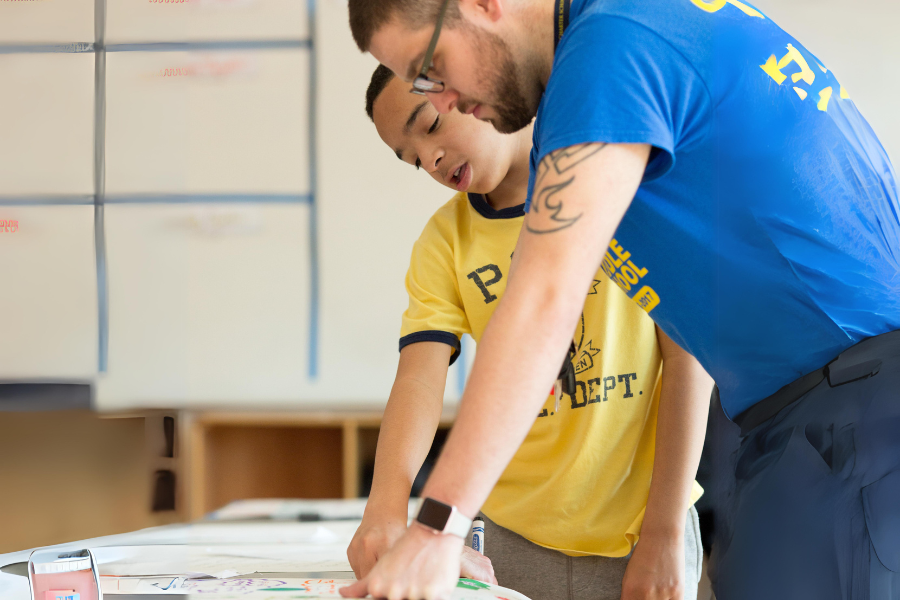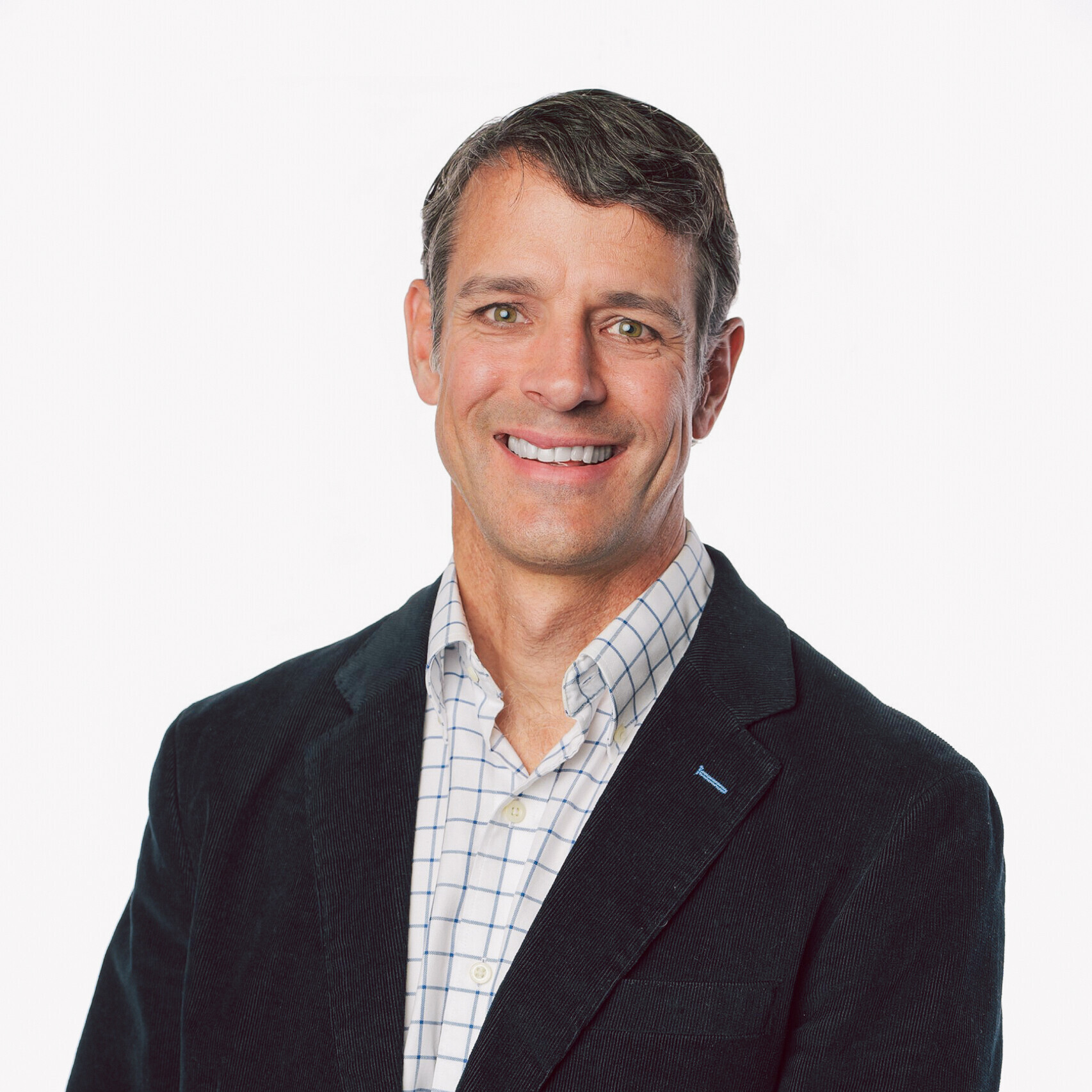The Students Are Talking, It’s Time We Listen
Key Points
-
We must give young people the agency and confidence to imagine possible futures, both for themselves and for society.
-
Too often we ask for student opinions and don’t adjust our practices accordingly.

A recent Gallup poll shared that students give their schools a lower rating around generating excitement for learning, mental health support, career preparation, and personalization. In fact, over 20% of students rated their schools a D or below. This means that at least one in five students feels deeply dissatisfied with their place of learning.
With all the talk about school reform, transformation and redesign, student voices are often neglected or only given tacit acknowledgment. When we ask for student opinions or partner with students to co-design, the end result turns into a better opportunity for young people, and often for the rest of the school as well. Students have a lot of feedback – schools become stronger when they start to listen. The list below highlights key student opinions and initiatives based on a variety of surveys and conversations.
Listen to Students
Every year, several surveys describe the national sentiment of students including the Gallup Poll and Students-Speak.org. School leadership and staff can use these trends to design surveys to understand the needs and opinions of students. Survey resources such as Panorama provide frequent feedback checkpoints as well as resources for educators to act on the data that they see. An increasing number of states require student feedback data (ex. Idaho Student Engagement survey). Transcend’s Conversations with Kids, NGLC’s Student-Centered Evidence Toolkit and programs like 100 Days of Conversation are great ways to allow students to host, lead and share in community conversations about what school and community are for.
While these surveys and conversations are critically important, taking action based on the survey results is essential. Without acting on the insights these surveys will look the same year after year.
Focus on Wellness
Gen Z and Generation Alpha have been dramatically affected by global unrest, the climate crisis and a pandemic. School must be a place that provides students with wellness support. Most markers of student wellness have declined significantly over the past decade — a trend that began before the pandemic. While half of schools feel that they can provide adequate mental health support, schools that check wellness daily through low-cost tools like Thrively’s Well Being Index or Rhithm (among many others) and schools that provide extensive wrap-around support (Community Schools) serve students better.
Allow Student-Driven Civic Engagement
Young people want to engage with communities in ways that are purposeful and impactful. While some states such as Texas have enacted legislation to reduce this possibility by banning assignments that require interaction with local, state or federal officials, students want to engage with problems worth solving. Youth-led projects and organizations like UnTextbooked, Sunrise Movement and Civics Unplugged all provide great resources for building student agency and for teachers who want to better engage students. With voter turnout for 18-29 year olds hovering below 50% over the last fifty years, and not looking to improve, students deserve better. The role of the teacher should be to provide as many unbiased resources as possible to best inform students as the students choose challenging projects and practice civic engagement in their local, national and global communities.
Involve Students in the Redesign Process
Students should be involved in learning design, as they are crucial members of the community. A recent survey from NASSP shows that students primarily feel involved in planning and prepping school events, but there are many other ideas to drive involvement that have a higher impact. Some states and/or districts allow for students to serve on the school board, adding invaluable perspective to high-level decisions. Many districts and states have included students in creating a portrait of a graduate and even their design of new schools. It’s important to get both prospective and current students into these conversations.

We were recently joined by Shiva Rajbhandari on the podcast. Shiva is a current freshman at UNC Chapel Hill and avid climate and education activist who is, to date, the first student on a school board in the state of Idaho. In this episode, Shiva shares his story about student-driven climate action initiatives and the campaign for the school board.
Education About Education
One of the unspoken challenges with youth voice and involvement is that little is taught about education in K-12 schools. Every student experiences it, but few understand both the possibilities and obstacles to change.
Students want to participate in education redesign. YouthXYouth is a student-led global education redesign movement. Teens Take Charge is an impactful student-led campaign for redesigning the New York City Public Schools. OurTurn is a youth-led systems change organization that emphasizes overhauling the education system to better serve young people. IB’s Festival of Hope is one of the largest gatherings of student voices, where young people are encouraged to share their thoughts, feelings and experiences of learning.
The word ‘youth’ is a large bucket and the feedback is as varied as the youths themselves. Recent data from Youth Talks paints a ranging global portrait of what youth think school is for: from purpose and wellness to stability and financial literacy, our young people are seeking relationship, belonging and hope. We must give young people the confidence to imagine possible futures, both for themselves and for society. Futures thinking is a great way to get young people (and educators) to challenge their assumptions and collectively design.
To get students involved, start by asking and listening. Don’t just ask for information on anonymous surveys, ask often and in a range of spaces including classrooms, schools and board meetings. Follow up with engaged co-redesign, transforming learning to meet the actual needs of the next generation of adults in partnership with the wisdom and experience of adult educators. Along the way, evaluate the role of students using Make Learning Personal’s Continua for Student Agency. The results may look very different from our existing system.

Mason Pashia








0 Comments
Leave a Comment
Your email address will not be published. All fields are required.